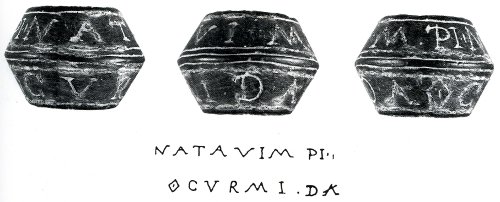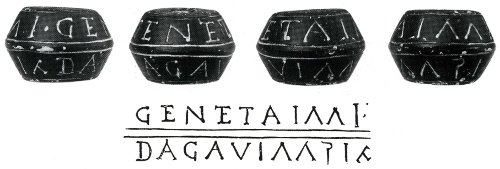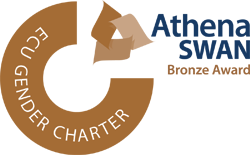Gaulish - RIG L-112 and L-120
Autun (Roman Augustodunum) and Sens (Roman Agendincum)

The two inscriptions in this group are on spindle-whorls — small weights hung from the end of a thread of wool as it is being spun in order to maintain the tension of the thread. They very often have short inscriptions running around them (hence the multiple images of the same object); some, like the two here, are affectionate and loving, but others are more explicitly sexual.
Autun (Roman Augustodunum)
NATA VIMPI · CVRMI DA
‘Pretty girl, give [me] beer’
P-Y. Lambert, Recueil des inscriptions gauloises: II.2 Textes gallo-latins sur instrumentum (Paris, 2002), L-112, p. 323
Sens (Roman Agendincum)
GENETA IMI DAGA VIMPI
‘I am a young girl, good and pretty’
P-Y. Lambert, Recueil des inscriptions gauloises: II.2 Textes gallo-latins sur instrumentum (Paris, 2002), L-120, pp. 332–3
It is not always clear whether all the words are Gaulish. Of the words for ‘girl’, nata (sometimes spelt gnata) may be Latin, but geneta (comapre Welsh geneth) is certainly Gaulish. Similarly, da, in the Autun inscription above, may simply be the Latin imperative ‘give’. The adjectives, however, are certainly Gaulish: vimpi corresponds to Welsh gwymp ‘handsome, pretty’ and daga to Welsh da ‘good’ (found in Old Welsh in the plural as degion where the -g- survives in the spelling). Likewise, curmi ‘beer’ corresponds to Welsh cwrw and Old Irish cuirm, and was borrowed in Latin cervesia (which gave French cervoise).


